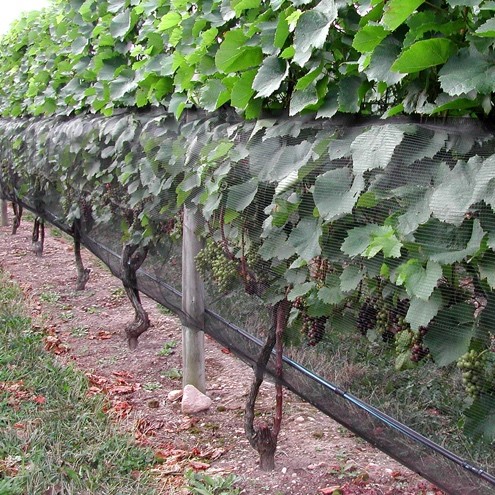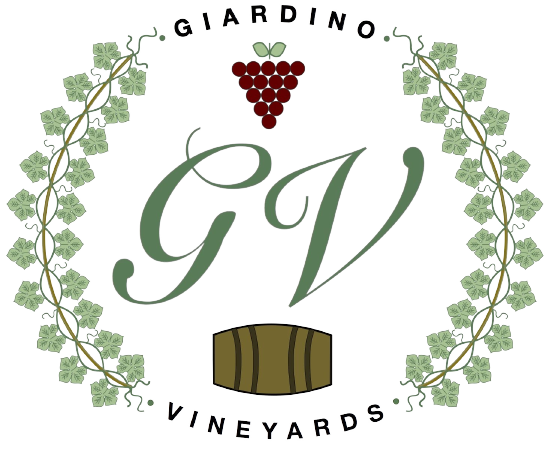
Why Buy Our Grapes
We Are Giardino Vineyards
Quality is Our Watch Word
Here is why our grapes are of finest quality

Netting
Fruit zone netting is utilized where required to protect from birds, bees, and coyotes. Animal or insect damage to our fruit is not acceptable. We believe that zone netting offers that right balance of protection, labor and beauty to optimize the vineyard. Note, photo not from Giardino Vineyards.

Mycorrhizal Fungi
Mychorrhizal Fungi were added to the soil at the time of planting and on several occasions afterwards. These specialized fungi colonize plant roots in a symbiotic manner and extend far into the soil. Mycorrhizal fungal filaments in the soil are truly extensions of root systems and are more effective in nutrient and water absorption than the roots themselves.

Automated Irrigation Forecasts
Vinduino is a system that enables wireless moisture sensors to be integrated into eVineyard Software. The sensors area buried at three different depths to provide forecasting models for when and how much to irrigate. The eVineyard Software also has features to assist with forecasts for pests and diseases. Giardino Vineyards has been using this system for four years.

Fertigation system
Fertigation is the application of dissolved nutrients and supplements through an irrigation system to the vineyard. The system allows for the injection of the materials into the drip lines directly above the vines during the irrigation process. It is therefore placed directly the grapevine roots are most numerous and active. Giardino Vineyards have had this system in place since inception.

Grape Quality Metrics
Measuring sugar content (BRIX) and PH in grape juice before harvest is crucial for wine grape growers as it provides essential information for determining optimal harvest time and predicting wine quality. BRIX: This measures the total soluble solids in the grape juice, primarily sugars. Sugar content directly impacts the final alcohol level of the wine. Random and frequent sampling is essential. PH: This measures the acidity of the grape juice. PH plays a critical role in wine stability, color, and flavor. Monitoring pH levels helps growers assess the balance of acidity and sweetness in the grapes and predict the wine’s aging potential and overall quality. Giardino Vineyards regularly uses these tools as harvest approaches.

Weather Prediction
All digital, solar powered, outdoor Weather Station with website and phone app viewing. Integrates with our irrigation controller to adjust watering based on weather conditions. Temperature, humidity, dew point, heat index, barometric pressure, lightning detection, wind speed and direction, UV levels, rain rate, accumulation, and rain onset alerts. Giardino Vineyards have had this system in place since 2024.

Sustainable practices
Sustainably produced wines aren’t just better for the earth, they’re better for you and they taste better too! At Giardino Vineyards, we use worm castings, extra live worms, liquid seaweed concentrate, worm tea, compost, compost tea, mulch, mycorrhizal fungi, and organic processes whenever/wherever possible. We are structured and organized with row IDs, insect monitor traps, as well as preventative treatments for powdery mildew, diseases, and insects.

Owl Box
Owls are known to be voracious eaters of gophers, moles, voles, and other critters that are bad for the vines. We installed a very nice Barn Owl Box to attract a feathered resident.

Regulated Deficit Irrigation (RDI)
Giardino Vineyards uses RDI to induce a low level of vine water stress to improve fruit quality. We only practice this in the very latest stages of growth, from Veraison to harvest. Water deficits during this period have been shown to increase wine color, aroma, and flavor. Berry size can be reduced and therefore weight. Some other growers increase watering during this period in order to increase weight, resulting in higher costs to the Buyer and lower quality grape.

Basins
Every vine has a structural basin made of earth. These were installed in year 2 and covered with mulch. The primary purpose is to retain irrigation, rainfall, nutrients, supplements, and the like. We have found that this system prevents run-off and waste while concentrating essential life ingredients at the root ball.

Slope of vineyard
A gradual sloping vineyard provides the benefits of excellent drainage of both cold air and water. Cold air is heavier than warm air, so it settles in areas of low elevation. Water drainage is also important because standing water will limit the oxygen available to the vine root system. Giardino vineyards has a 5% gradient.

VSP
Vertical Shoot Position, or VSP, is a common and widely used trellis system is the USA. VSP systems facilitate bilateral cordons and allow for easy access to grape clusters, shoot thinning, and leaf thinning. The wire spacing are perfects for drip irrigation, fruit height, and canopy management. VSP also promotes airflow and aids in the fruits’ exposure to sun.

Mulched rows
Giardino Vineyards has placed mulch along the rows and had added to it several times over the years. We find that in a well-drained vineyard, the advantages of weed control and moisture retention are significant and good for the planet. It also creates a healthy microbiome that the plants seem to love.

Indicator plants
“Rose is a rose is a rose,” but this lovely blooming beauty is far more valuable when its function in the vineyard is taken into consideration. Roses being fed and irrigated adjacent to wine grapes indicate the health of the vines. Aside from their beauty, healthy unblemished roses are an indicator of vines that are nourished and well cared for, but roses in distress play their most important role on the perimeter of the vineyard as part of an early warning system, alerting us to initial signs of disease and vine stress.

Farmers footsteps….
“The best fertilizer is the farmer’s footsteps.” 👣 The saying isn’t about literally fertilizing land with your feet, but about being present on the farm and noticing what the crops need. Daily. At Giardino Vineyards, we are in the vineyard working, assessing, testing, feeding and nurturing over 300 days a year, literally. Note, photo not from Giardino Vineyards.

No Round-up
Glyphosate, the primary ingredient in RoundUp and many other herbicides, has been linked to a variety health concerns. Glyphosate works by blocking an enzyme essential for plant growth. It is believed to be transferred to humans and animals in many ways resulting in undesirable outcomes. Giardino Vineyards does not use roundup near the grape vines. We use either mechanical or organic means for weed control.

Security
Giardino Vineyards has a barn adjacent to the vineyard. It has plenty of available space for any customer owned equipment/materials and is fully lockable/secure. In addition, the road to the vineyard is gated and on a dead-end street with very little traffic.

Insect Traps
We use both Pheromone Traps and Yellow Sticky Traps at Giardino Vineyards. These traps lure and target Vine mealybugs, grape berry moths, Grape leafhoppers, and aphids. Of most importance in the tracking of the Glassy-Winged SharpShooter (GWSS). This is a leafhopper that can spread Pierce’s disease, a deadly bacterial infection that kills grapevines. The GWSS is a serious threat to California’s grape industry.

Mesoclimate
Mesoclimate refers to the climate of a particular vineyard site. It is described as the climate of a site as influenced by elevation, aspect, soil type, slope or distances from large bodies of water. The particular location that we have within Fallbrook seems to optimize these variables for incredible production and quality.

Center Row Furrows
Every row has a center furrow. Originally installed for drainage, but soon determined to capture and hold rainfall for long period allowing for deep saturation. We have found our root systems to be quite deep.

Planting
Giardino Vineyards planted bare root vines created for us by Novavine out of Sonoma Valley, California. With the assistance of a consultant, we selected the 1103P Root Stock with a grafted Clone #8 Scion. Soil was tilled to a depth of 36 inches and amended with Mychorrhizal Fungi, Humic Compost, Worm Castings, Humic Acid and Gypsom.

